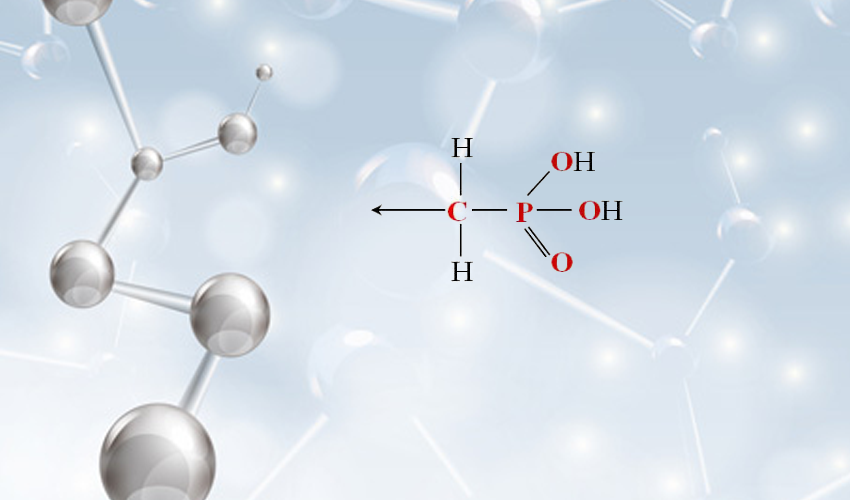Properties and Applications of Acrylic Acid Homopolymer in Various Industries
Acrylic Acid Homopolymer Properties, Applications, and Future Prospects
Acrylic acid homopolymer, widely recognized for its versatile properties and applications, has gained considerable attention in both industrial and research contexts. This polymer, primarily derived from acrylic acid, showcases a diverse range of functionalities that make it suitable for numerous applications, spanning from consumer goods to advanced industrial solutions.
Chemical Structure and Properties
Acrylic acid homopolymer is a polymerized form of acrylic acid (C3H4O2), which is a colorless liquid with a characteristic acrid odor. The polymerization process typically involves free radical mechanisms that induce the formation of long chains of polyacrylic acid. The resulting polymer exhibits several crucial properties
1. Hydrophilicity One of the most significant characteristics of acrylic acid homopolymer is its hydrophilic nature. The -COOH (carboxylic acid) groups in its structure make it highly soluble in water, which is a desirable quality for many applications, especially in coatings and adhesives.
2. High Absorbency This polymer can absorb a substantial amount of water, making it useful in products that require moisture retention, such as superabsorbent polymers in diapers and sanitary products.
3. Thermal Stability Acrylic acid homopolymers have good thermal stability, which means they can maintain their integrity and performance under elevated temperatures. This stability is crucial for applications in harsh environments.
4. Adhesion Properties The adhesive characteristics of acrylic acid homopolymer are remarkable. Its strong bonding capabilities make it an ideal choice for applications in sealants, coatings, and adhesives.
Applications
The applications of acrylic acid homopolymer are vast and varied, demonstrating its significance in different fields
acrylic acid homopolymer

1. Personal Care Products In cosmetics and personal care items, the hydrogel-forming capability of acrylic acid homopolymer is utilized in moisturizing creams, gels, and shampoos. It helps in enhancing the texture and efficacy of such products.
2. Agriculture The soluble nature of acrylic acid homopolymer makes it beneficial in agricultural applications. It is used as a superabsorbent in soil to retain moisture, thus improving water efficiency in arid regions.
3. Construction Industry The adhesive properties of this polymer lend themselves well to the construction industry, where it is used in sealants and coatings. It enhances the durability and performance of construction materials.
4. Medical Applications Acrylic acid homopolymer is increasingly finding use in the medical field for controlled drug delivery systems and wound dressings. Its ability to form hydrogels allows for sustained release of therapeutics and maintains a moist environment for optimal healing.
Environmental Considerations
With the growing emphasis on sustainability, the environmental impact of acrylic acid homopolymer is an essential consideration. Achieving a balance between the benefits of polymer use and ecological concerns is crucial. Researchers are exploring biodegradable alternatives and methods to recycle these polymers to minimize environmental footprints. Innovations in polymer chemistry aim to provide solutions that do not compromise performance while being eco-friendly.
Future Prospects
The future of acrylic acid homopolymer appears promising, driven by ongoing research and technological advancements. As industries continue to seek more efficient and sustainable materials, the demand for acrylic acid homopolymer is likely to grow. Innovations in polymerization techniques and formulations could lead to enhanced properties and new applications, particularly in the realms of nanotechnology, specialty coatings, and biocompatible materials.
In conclusion, acrylic acid homopolymer is a remarkable material with profound implications across various sectors. Its unique properties and adaptability make it indispensable in many applications, from consumer products to specialized industrial usage. As research progresses and sustainability becomes increasingly paramount, the future of acrylic acid homopolymer is poised for further advancement, promising new frontiers in material science and engineering.
-
lk-319-special-scale-and-corrosion-inhibitor-for-steel-plants-advanced-solutions-for-industrial-water-systemsNewsAug.22,2025
-
flocculant-water-treatment-essential-chemical-solutions-for-purification-processesNewsAug.22,2025
-
isothiazolinones-versatile-microbial-control-agents-for-industrial-and-consumer-applicationsNewsAug.22,2025
-
scale-inhibitor-key-solutions-for-water-system-scale-preventionNewsAug.22,2025
-
organophosphonates-versatile-scale-inhibitors-for-industrial-water-systemsNewsAug.22,2025
-
scale-and-corrosion-inhibitor-essential-chemical-solutions-for-water-system-maintenanceNewsAug.22,2025





